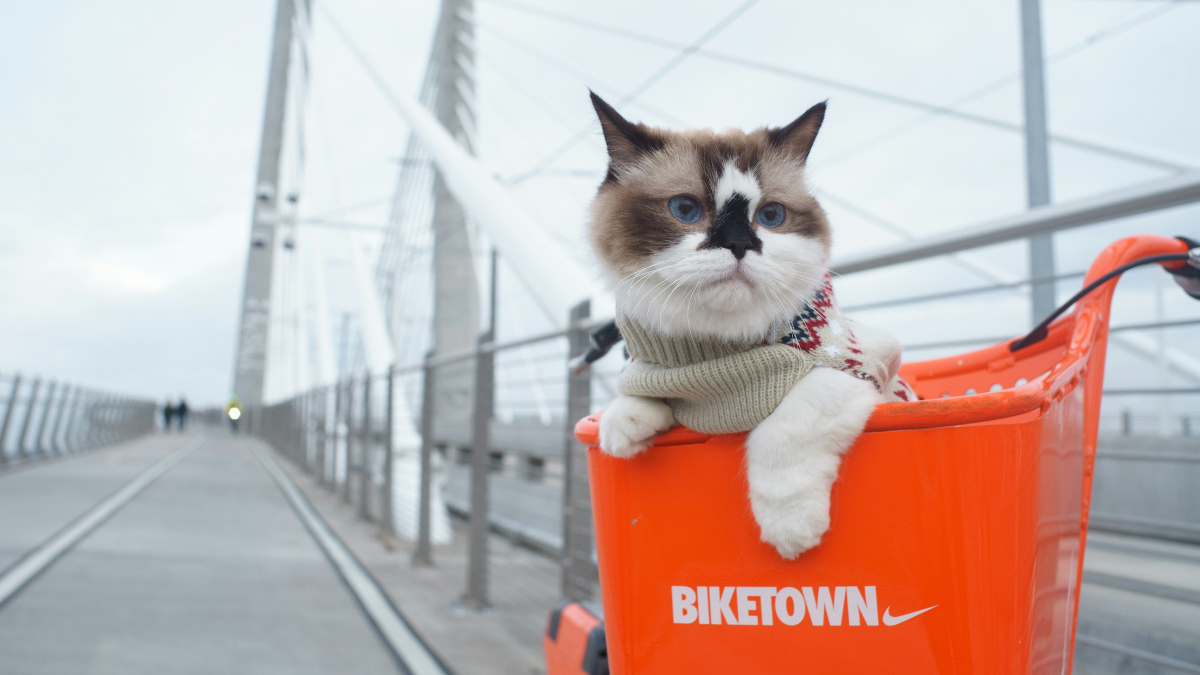A dog is the ‘number one hack for creating emotional advertising’, according to Kathleen Rienzo, vice president of key accounts at System1. But while there have been numerous studies into the effects of putting animals in ads, there has been little research into pet influencers.
Now, a new study by researchers from the UK and US has found that four-legged content creators that advocate for brands can be more persuasive than human influencers due to their ‘innate sincerity’.
‘While the number of sponsored posts by SMIs [social media influencers] continues to rise, the perceived sincerity of these SMIs is on the decline,’ the authors explained. ‘One type of influencer that could remedy this issue is the pet SMI, or petfluencer.’
The authors do not dismiss the persuasive powers of human influencers entirely, but note that what makes them effective is a ‘double-edged sword’, since their ability to influence and inspire can evoke feelings of jealousy, envy, and distrust.
Triple the engagement
The researchers conducted four experiments to assess how consumers respond to ads featuring pet and human influencers. In one experiment, they used Meta’s split test function to assess two versions of the same peanut butter ad — one featuring human hands and the other featuring paws.
The paw ad performed better, reaching an audience of 18,224 (vs 17,613) and generating 18 (vs six) post engagements at the cost of £2.29 (vs £6.86) per result. It also generated nine page engagements while the human ad generated only one; this, the researchers found, was at the cost of £4.58 (vs. £41.17) per result.
Another experiment investigated how 150 participants perceived the sincerity of pet and human influencers and asked about their willingness to pay for the product they were promoting.
The participants viewed two nearly identical Instagram ads from Naked Wines but with different perspectives. The petfluencer’s post claimed that the wine ‘seems perfect for [its] human’ while the human influencer wrote, ‘it seems perfect for me on a cold night.’
The group that viewed the pet’s post reported a higher willingness to purchase and greater perceptions of sincerity than those who saw the human influencer’s post.
The remaining two experiments showed that people are also influenced by their ability to anthropomorphise and the message’s temporal focus. The researchers explained that ‘individuals who have a high (vs. low) propensity to anthropomorphise reported greater [willingness to purchase] when the message was present-(vs. future) focused.’ They added that anthropomorphising the pet and using a message that focuses on the present can help marketers ‘reduce psychological distance and increase consumer responses.’
While the study argues that perceived sincerity makes petfluencers more effective than humans, the authors admit that further research should investigate how featuring the pets’ owners in posts can affect consumer reactions. Another factor that might have an impact on consumer reactions — and should therefore be examined — is the congruence between the animals and the products they promote.
Featured image: Cat Mapper (Max Ogden) / Unsplash


















